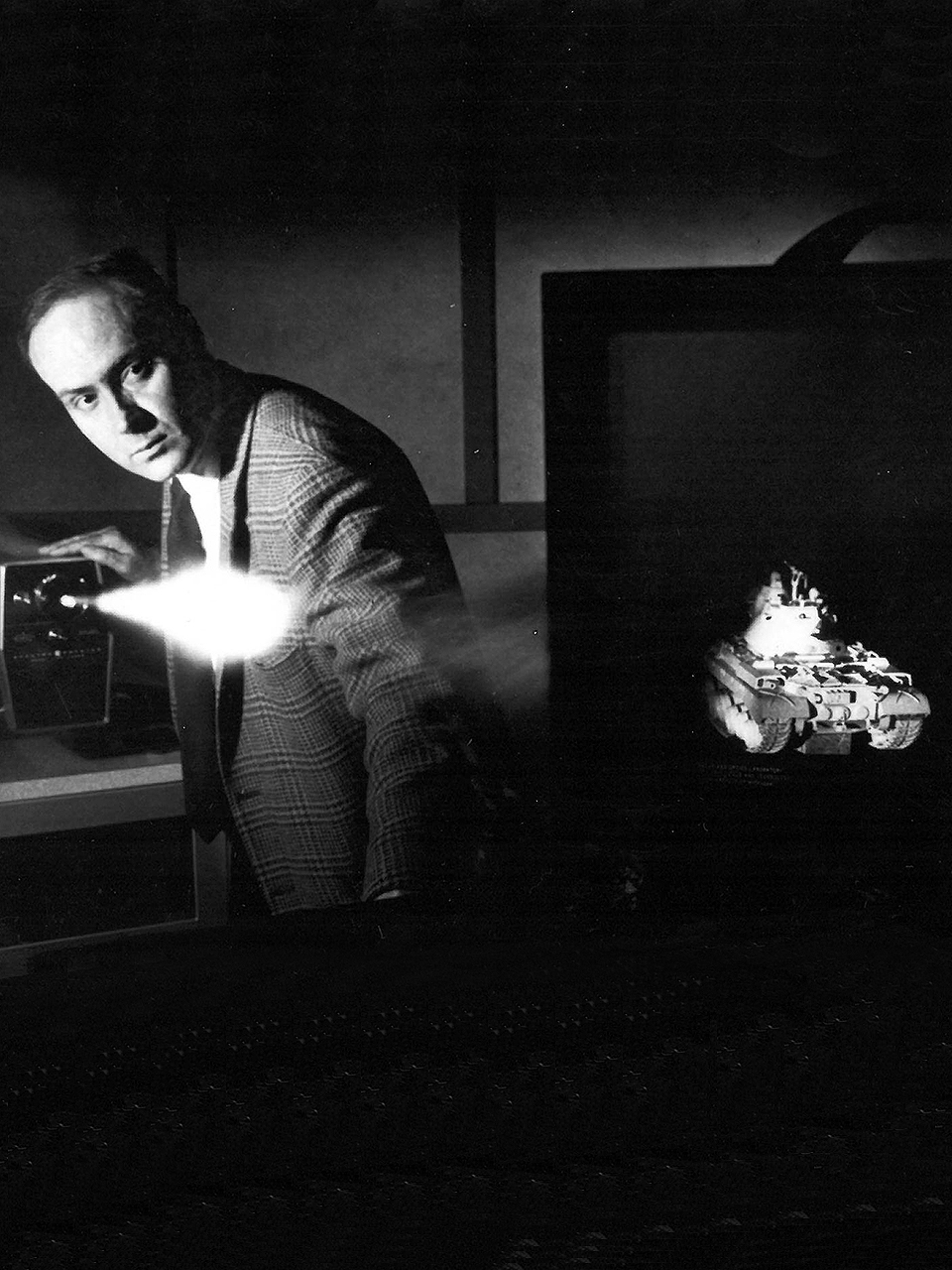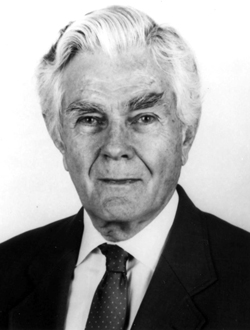Dr. Jim and Judith Seydel’s gifts to ECE support students while honoring those who empowered his career
Seydel shares his memories of the early days of holography at U-M and how former ECE Chair Hansford W. Farris, as well as professors Thomas Senior and Emmet Leith, helped shape his career.
Dr. Jim Seydel (BS MS Physics ’64 & ’67; PhD EE ’73) and his wife, Judith (also a U-M alum), have been longtime supporters of the ECE department. He got in touch with us recently to talk about why they are regular donors to the department.
Before a long, successful career as an engineer for both EG&G and Lockheed-Martin at the Idaho National Laboratory, Jim Seydel was working alongside icons such as Emmett Leith, the inventor of practical holography, Thomas B.A. Senior, a renowned expert in scattering and electromagnetics and former director of the Radiation Laboratory, as well as former ECE Chair Hansford W. Farris.
“I am especially appreciative of the help I received from Chairman Farris,” Seydel says. “Without him, I would not have attained a PhD and achieved a successful career.”
While their priority is to empower the current generation of students, the Seydels also wanted to honor the ECE faculty who supported Jim at every opportunity. We caught up with Jim to learn more about his time here at Michigan and how the ECE faculty helped empower his career goals.

 Enlarge
Enlarge
In retrospect: Dr. Seydel
I joined the Radar and Optics Laboratory of the Willow Run Laboratory in the summer of 1964, fresh from my BS in Physics from U-M. I worked for Adam Kozma on the optical processing of radar data, but that work was right in the middle of all the exciting work that Emmett Leith and Juris Upatnieks (and many other researchers) were doing on optical holography. After I had finished my radar work for the day, I worked late into the evening on holography.
Much to my surprise, I was asked to staff a holography display that was going to be exhibited at the National Electronics Conference (NEC) October 25-27, 1965, at McCormack Place in Chicago. That was an absolutely amazing three days. We had two hologram viewing stations and for every minute of those three days, we had dozens of attendees in two long lines to view the holograms. Every person who viewed the holograms was awed and amazed, especially when we told them how it worked. The holograms got so much attention that even the Chicago Tribune stopped by to report on the exhibit.
At the end of the third day, while other exhibits were being taken down, we still had long lines when a very distinguished-looking visitor joined my line. He waited and listened patiently until I was able to engage him. His questions were very penetrating and much deeper than any I had received the previous three days, but I believe I was able to answer them. He obviously knew holography basics. After he was finished discussing holography, he introduced himself as Bill (Hansford W) Farris, Chairman of the ECE Department at Michigan. I believe he also had just been selected to be the NEC Chair for 1966.

 Enlarge
Enlarge
He then asked me what my career goals were. I related my current, rather hazy goals, and he described how those goals could best be met in the ECE Department. Having spent four years right next door to East Engineering (East Hall) and the ECE Department but never having even entered the building, I was completely unaware of this new opportunity. I listened intently. He gave me his business card and invited me to stop by his office and discuss graduate opportunities in ECE.
It was three years before I accepted that invitation, but that visit provided a vision for a successful career in engineering research that nourished me for decades. Within weeks after this second meeting with Professor Farris, I was a PhD candidate in ECE, having never had a previous ECE course. Taking graduate level ECE courses without any prerequisites was very challenging, but I was able to command the basics and eventually move into a thesis program with ECE Professor Thomas Senior and ME Professor Julian Fredrick. While Professors Senior and Fredrick had a tremendous influence on my research, that research would not have been possible without the encouragement and vision of Bill Farris. He took time from his busy schedule to help a student not even in his Department. Once I had received my PhD from ECE, he again helped me to obtain a teaching position in Engineering 120, where I presented a computer component to the other engineering discipline sections.
Having enjoyed a successful career that Professor Farris made possible, I am now pleased to donate to ECE so that today’s students can attain their career goals.


 MENU
MENU